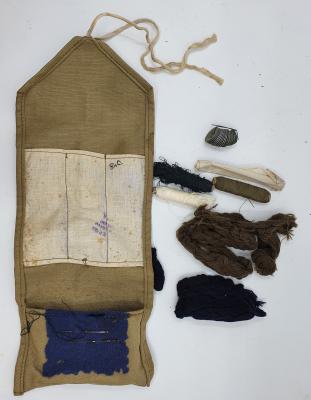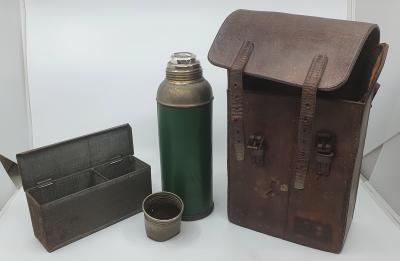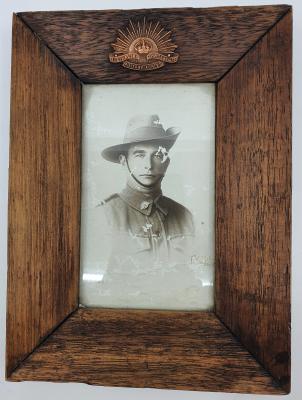Blog from Stephen James McCabe. (1991) regarding the Demon Strike Light (DSL)
Demon Strikelight Carbide Lamp
c. 1910This small Demon Strikelight carbide lamp is made of brass (now painted black), has a water chamber with smooth sides, a ribbed carbide container and a broad spade hook for carrying on a helmet.
The principal of using the calcium carbide flammable gas by-product, acetylene, was discovered as early as 1862 and lamps powered like this were known as Carbide Lamps. Use of carbide lamps began in the early 1900s and lasted into the 1950s but they were most popular in the period from 1910 to the 1920s. When introduced the Carbide lamps represented a significant technological advance as they produced a steady flame four to ten times brighter than candles or oil lamps.
Details
Details
On the water chamber lid is embossed
DEMON
STRIKELIGHT
The design of the carbide lamp consists of two chambers, an upper chamber holding water & a lower chamber holding the calcium carbide. Acetylene gas is produced when water from the lamp's upper level encounters the calcium carbide stored in the base via a dripping mechanism. These lamps could be attached to helmets.
Carbide lamps were popular until they were replaced by electricity in the 1920s and were widely used during WWI and in the mining industry.
Whilst documentation exists that clearly states the Demon Strikelight was manufactured in Australia no manufacturer is attributed.
Other items from Busselton Historical Society
- WW2 RAAF Army Boot Brush
- WW2 Sewing Kit
- Green Steel Helmet with Red Cross
- WW2 ARP Warden Steel Helmet
- Steel Helmet
- Light Horse Brigade Leather Gaiters - 1914
- WW1 Cavalry Officer Survival Kit
- Framed Photograph - Private Charles Cecil Cuthbert
- Framed Photograph - Sapper Edward 'Ned' Pries
- Ammunition Box
- WW2 Field Dressing
- WW1 Trench Art Vase
Scan this QR code to open this page on your phone ->







